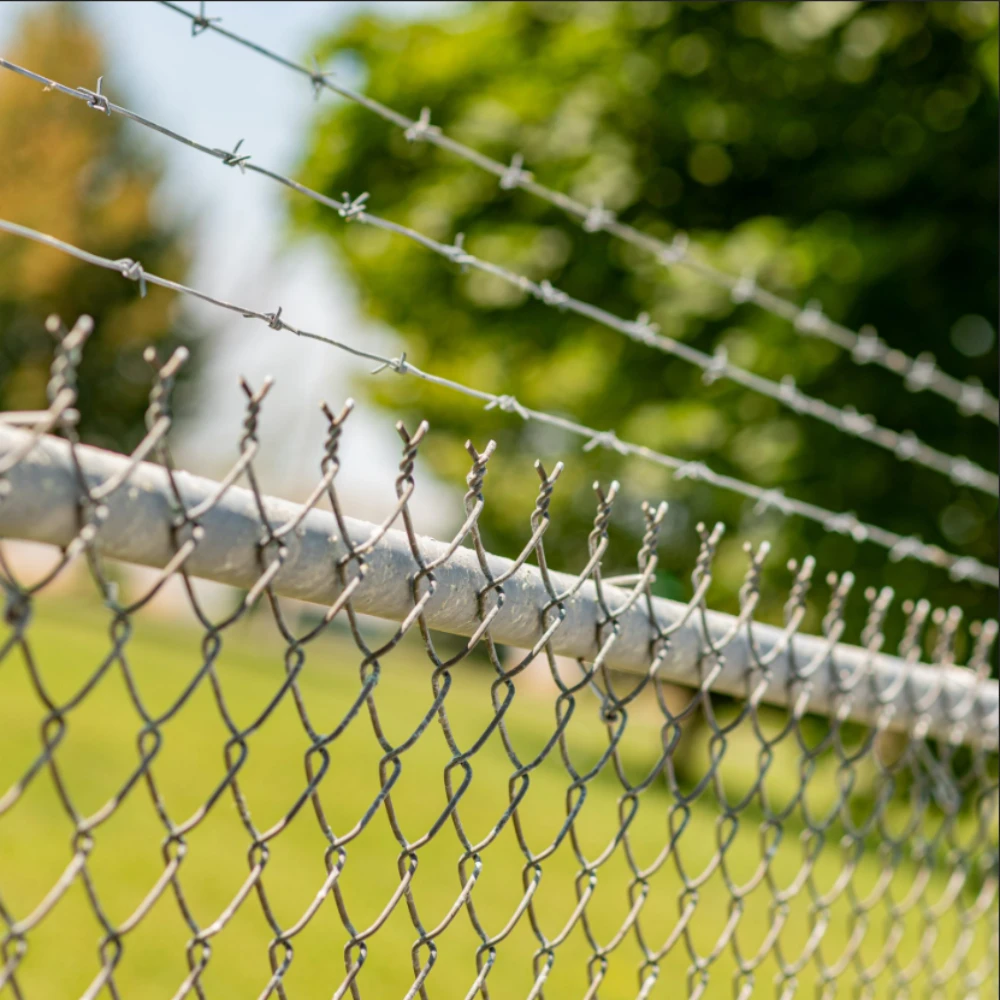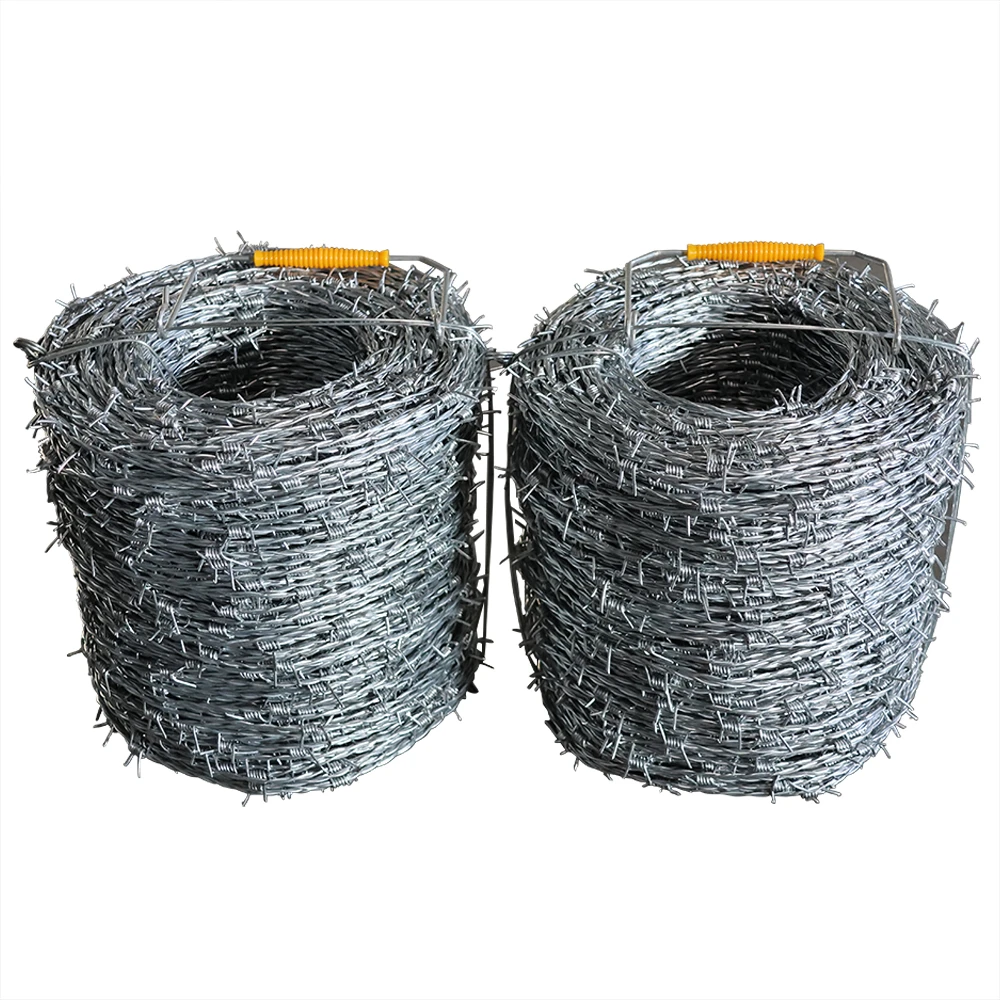Feb . 16, 2025 01:15
Back to list
Roofing Nails
Choosing the right nails for a treated pine fence is pivotal not only for the longevity of your fence but also for maintaining its appearance and structural integrity. Treated pine is a popular fencing material due to its affordability and resilience against the elements, but its treatment process can lead to specific requirements when it comes to fasteners. Here's an in-depth guide on selecting the ideal nails for your treated pine fence, infused with personal experience, professional expertise, and authoritative advice to give you a trustworthy perspective.
The Debate Ring Shank vs. Smooth Shank There is ongoing discussion around whether to use ring shank or smooth shank nails. Ring shank nails feature rings around the shank, providing increased holding power. Personal experience and feedback from multiple projects indicate that ring shank nails are excellent for high-wind areas, as they reduce the chances of nails being pulled out. Smooth shank nails, however, are easier to drive into the wood and may be suitable for less demanding conditions. The choice between the two should be guided by the specific requirements of your locale and the expected load on the fence. Seek Advice from Manufacturers Don't underestimate the value of consulting with the manufacturers of both the treated pine and the nails. Many manufacturers provide detailed guidelines on the types of fasteners compatible with their products. Adhering to these recommendations enhances credibility and ensures compliance with warranties, which can be an important consideration if durability is a primary concern. Invest in Quality Over Cost In the quest for cost-efficiency, many might be tempted to compromise on the quality of the nails. However, it's critical to remember that nails are the backbone of your fence's structure. Skimping on quality can lead to frequent repairs, escalating overall costs. Expert advice firmly states that investing in high-quality nails will translate into fewer headaches, a more durable structure, and long-term savings. In essence, choosing the right nails for your treated pine fence is a decision that should be made with careful consideration of environmental factors and specific use cases. By leveraging expertise, experience, and available authoritative guidelines, you can ensure that your fencing project will endure for years, minimizing maintenance needs and maximizing aesthetic appeal. Whether you opt for hot-dipped galvanized or stainless steel, the right choice will manifest through reduced rusting, increased structural integrity, and enhanced beauty of your fence.


The Debate Ring Shank vs. Smooth Shank There is ongoing discussion around whether to use ring shank or smooth shank nails. Ring shank nails feature rings around the shank, providing increased holding power. Personal experience and feedback from multiple projects indicate that ring shank nails are excellent for high-wind areas, as they reduce the chances of nails being pulled out. Smooth shank nails, however, are easier to drive into the wood and may be suitable for less demanding conditions. The choice between the two should be guided by the specific requirements of your locale and the expected load on the fence. Seek Advice from Manufacturers Don't underestimate the value of consulting with the manufacturers of both the treated pine and the nails. Many manufacturers provide detailed guidelines on the types of fasteners compatible with their products. Adhering to these recommendations enhances credibility and ensures compliance with warranties, which can be an important consideration if durability is a primary concern. Invest in Quality Over Cost In the quest for cost-efficiency, many might be tempted to compromise on the quality of the nails. However, it's critical to remember that nails are the backbone of your fence's structure. Skimping on quality can lead to frequent repairs, escalating overall costs. Expert advice firmly states that investing in high-quality nails will translate into fewer headaches, a more durable structure, and long-term savings. In essence, choosing the right nails for your treated pine fence is a decision that should be made with careful consideration of environmental factors and specific use cases. By leveraging expertise, experience, and available authoritative guidelines, you can ensure that your fencing project will endure for years, minimizing maintenance needs and maximizing aesthetic appeal. Whether you opt for hot-dipped galvanized or stainless steel, the right choice will manifest through reduced rusting, increased structural integrity, and enhanced beauty of your fence.
Share
Next:
Latest news
-
Innovations in Razor Barbed Wire Design TechnologyNewsAug.11,2025
-
Roofing Nail Compatibility with Different Metal Roof TypesNewsAug.11,2025
-
Welded Wire Mesh for Rockfall Protection BarriersNewsAug.11,2025
-
Galvanized Wire Corrosion Resistance TestingNewsAug.11,2025
-
3D Fence Solutions Preventing Bird CollisionsNewsAug.11,2025
-
Using Chain Link Fence for Urban Garden SupportNewsAug.11,2025




